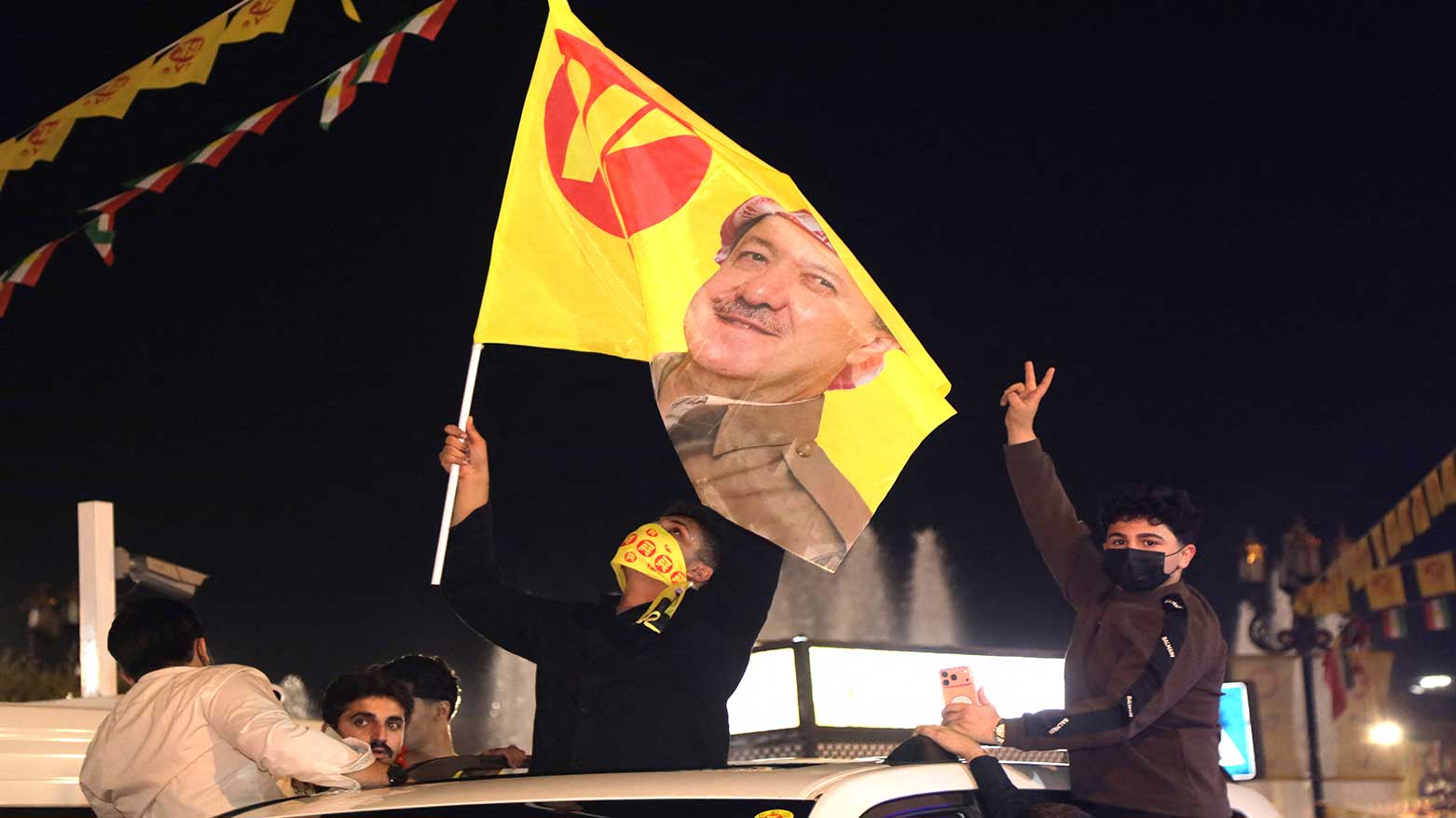Iraq’s High Voter Turnout Signals Political Shift Amid Deep Challenges
As Iraq’s election sees over 55% turnout, PM Sudani seeks a second term while Kurdish parties demand fairer representation under the current election law.

ERBIL (Kurdistan24) — Iraqis went to the polls on Tuesday in a high-stakes parliamentary election that drew an unexpectedly strong turnout of more than 55 percent — a sharp rise from 2021’s record low — in what many analysts view as a pivotal moment for Iraq’s fragile democracy and its standing in a turbulent region.
The election comes at a time when Iraq, long a battleground for influence between Iran and the United States, faces questions about its future direction after years of conflict, corruption, and political paralysis.
Despite the participation of more than 12 million voters out of 21 million eligible, the process was overshadowed by the absence of influential Shiite cleric Moqtada al-Sadr, who called for a boycott. Nevertheless, the higher turnout was seen by many as a sign of renewed public engagement.
Prime Minister Mohammed Shia al-Sudani, who is seeking a second term, is widely expected to secure a strong showing but fall short of a majority.
He rose to power in 2022 with backing from the Coordination Framework — a coalition of Shiite parties with close ties to Iran — and will now need to form a new alliance to maintain his position.
Iraqi Political analyst Hamzeh Hadad described the voter turnout as “a positive step for Iraq,” saying it shows that “no political leader can hold back democratic elections.”
The vote also underscored Iraq’s persistent political divisions. By convention, the prime minister is a Shiite Arab, the parliamentary speaker a Sunni, and the largely ceremonial presidency a Kurd — a balance that has endured since the 2003 US-led Operation Freedom of Iraq that toppled Saddam Hussein.
While the Shiite Coordination Framework appears set to retain influence, Sunni blocs competed separately, with former speaker Mohammed al-Halbussi’s coalition performing relatively well.
In the Kurdistan Region, early results highlighted the dominance of the Kurdistan Democratic Party (KDP), which secured more than one million votes — the highest of any party across Iraq — placing it first nationwide.
However, due to Iraq’s multi-constituency electoral system, the KDP translated those votes into only about 29 seats, compared to Prime Minister Sudani’s roughly 18 seats with less than 200,000 votes.
KDP leaders, including President Masoud Barzani, have long criticized the election law as “unfair” and repeatedly called for its amendment to ensure equal representation.
Ordinary Iraqis expressed cautious hope for improvement. “We have unemployment and people are tired — we need progress,” said Ali Abed, a voter in Mosul. Yet for the next government, the road ahead remains steep.
Beyond tackling endemic corruption, poor infrastructure, and unemployment, Iraq’s new leadership will face the delicate task of managing the country’s dual relationships with Washington and Tehran.
As regional tensions rise — with Iran’s allies weakened in Lebanon, Yemen, and Gaza — Baghdad finds itself at the crossroads of competing pressures.
Tehran seeks to maintain influence through allied armed groups and economic ties, while the United States continues to push Iraq to rein in militias aligned with Iran.
How Iraq’s next government balances these rival forces will shape not only its domestic stability but also its place in a rapidly shifting Middle East.
